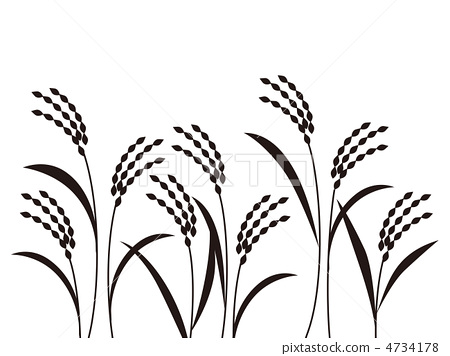
The power-packed breakfast platter of fruits, nuts, and vegetables now has another valuable addition: a bowl of millets.Contrasted with white rice or wheat, millets are high on fibre and control glu...
The power-packed breakfast platter of fruits, nuts, and vegetables now has another valuable addition: a bowl of millets.
Contrasted with white rice or wheat, millets are high on fibre and control glucose and cholesterol levels. Idli, dosa or chapati are handily processed and there will be unreasonable insulin emission prompting weight pick up. They are not difficult to utilize and are cooked and used the same way as rice.
With millets, you eat slow and devour less on account of the fibre content. The cycle invigorates the stomach related squeezes and guarantees moderate assimilation. This controls insulin discharge to an extraordinary level.
It is presently a very much demonstrated certainty that devouring entire grains consistently may help get in shape, inferable from the rich substance of fiber and bioactive mixes in them. They are without gluten grains and thus it tends to be devoured by everybody.
Millets in India appreciate a prime significance, since India is perhaps the biggest maker timing 11 million tons consistently followed by Africa and China. They are not hard to use and are cooked and utilize a similar path to rice.
The practice of consuming millets as part of the daily diet is not new to India. Millets had been the major staple food in central India, southern India, and hilly regions of Uttarakhand for centuries till the time of the Green Revolution.
Millets set right the balance of the human body. It flushes out toxins and replenishes the body with vitamins, minerals, carbs, and good cholesterol. The fibre content ensures good digestive function. When the nutrients get absorbed, it ensures that all the organs perform their job properly.
We need to embrace the goodness of millets: Their high-fibre content helps in bowel movement and manages diabetes and obesity. Their high magnesium level is good for lowering blood pressure, while the potassium content keeps hypertension at bay.
To make millets popular across India and revive traditional food habits, Bengaluru—regarded as the millet capital—hosted a three-day Organics and Millets National Trade Fair in April. A stall of the state government read, ‘Let’s, Millet,’ along with a tagline, ‘Next-generation smart food’, which really brought the message home. Not only are millets healthy, but they are also a farmer- and eco-friendly.
Compared to rice and wheat, millets need less water and chemicals. Besides, some millets can come up in marginal land and harsh weather conditions where no other crop can grow. Bajra, for instance, comes up well in the hot weather of Rajasthan. Little millet, foxtail millet and barnyard millet are known to assure minimum yield even in case of failure of the monsoon. So as global warming becomes an increasingly real phenomenon, millets can actually be a smart way of farming and eating.
Switching completely to millets is not a good idea. We don’t recommend eating a single grain. You need to mix it up depending on your health. You should slowly introduce any kind of millet in your diet to give some “adjusting time to your digestive system”. Many people believe that millets shouldn’t be eaten in summer, which is not quite true. As with everything else, eating in moderation is the key.
One reason people don’t like millets is the taste. It’s all about how you use the ingredient and prepare the food item. The right cooking technique and a good recipe can lift any ingredient. It is easy to include millets in the diet as they are very versatile. We can have millet pancakes for breakfast, millets can be prepared like rice, substituted for potatoes when cooked with gravy, and even make a great addition to bread. Millets also make a great bed for roasted vegetables and stews.
We should eat everything in the right quantity, be it rice, wheat, ragi, jowar, bajra, even quinoa (if one wants to spend money), because each one brings its share of goodness. The key to eating right lies in food diversity, not becoming a victim of a food fad.
What’s good for you is good for the soil too! Millets are environmentally friendly, and by consuming them, we encourage farmers in arid and semi-arid areas to grow crops best suited for those regions.
So are you ready to try millet-based food items? Try buying millets online on Near.store. Near.store has a wide variety of options to choose from.
�
�


